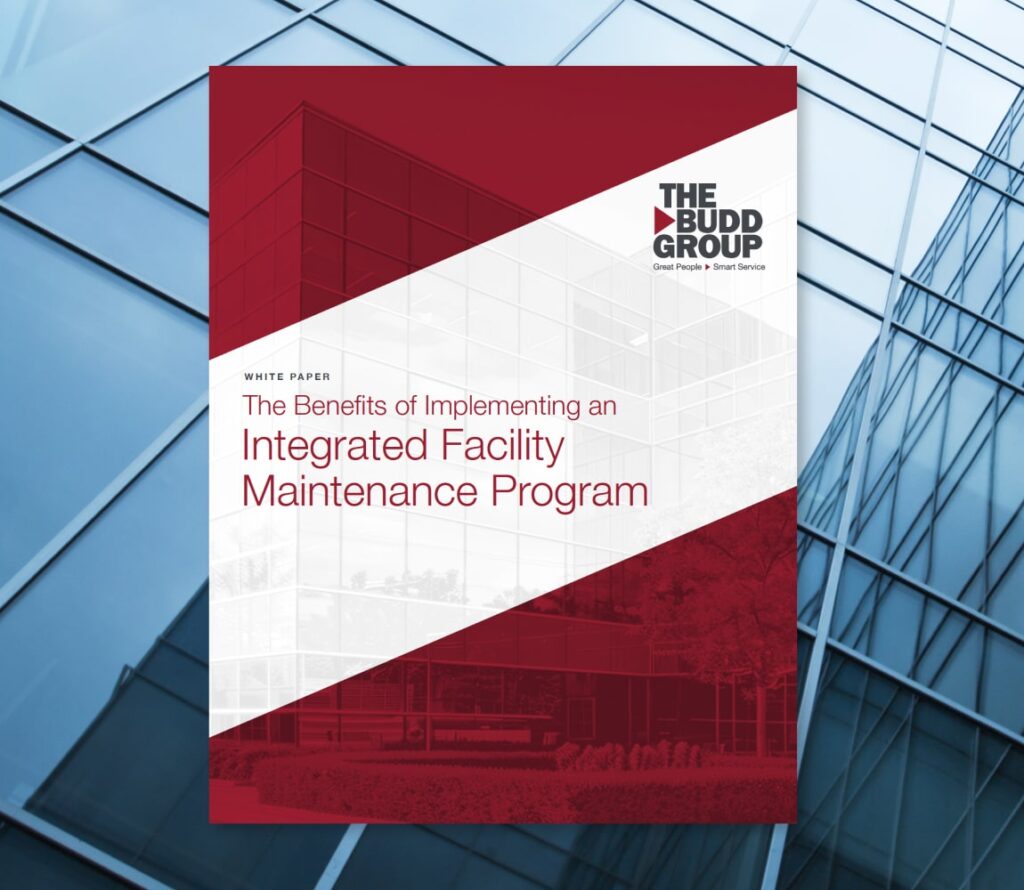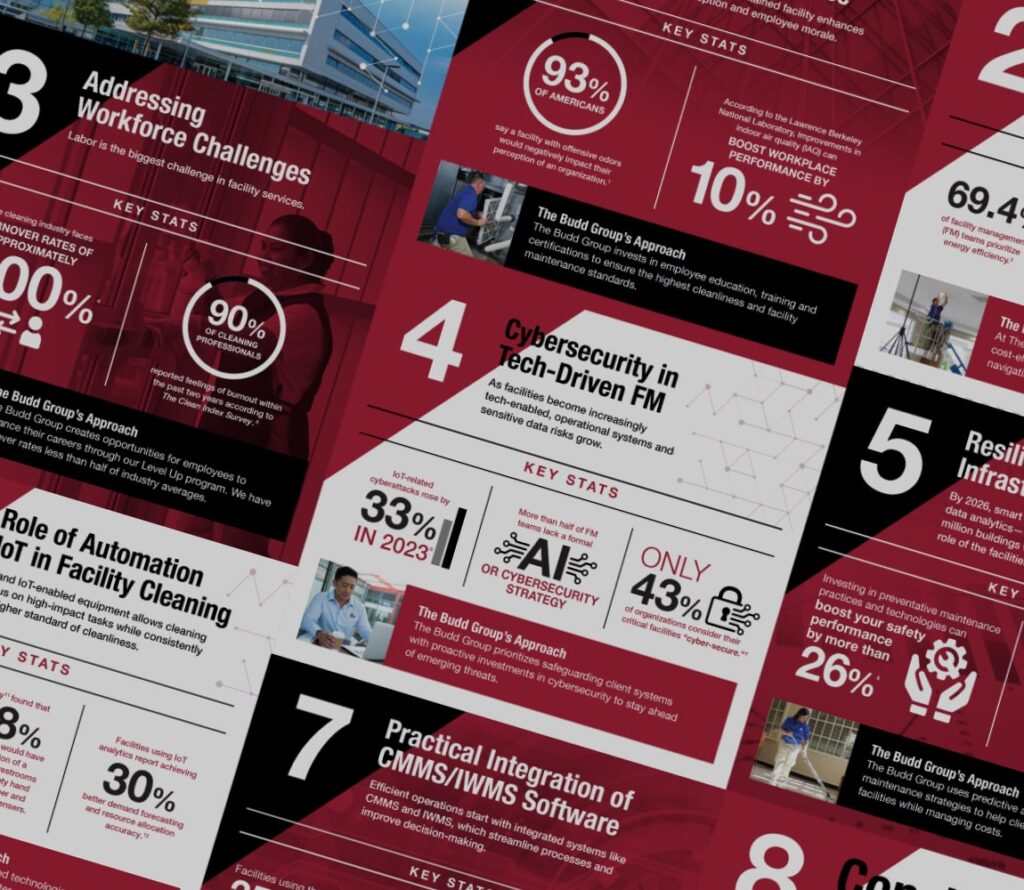What’s the most important room inside your building? Is it your conference room, lobby, warehouse, main office, or something else? It wouldn’t be a stretch to say that the right answer is, “your restrooms.” You might not think about your building’s bathrooms all the time, but they’re used by everyone inside your building. Moreover, restrooms are potential havens for all sorts of germs (i.e., viruses, bacteria), which is why it’s so important to keep them clean and sanitary day in and day out. Indeed, if restroom cleaning isn’t at the very top of your regular building maintenance checklist, you’re opening the door to all sorts of problems, both reputational and health-related.
Of course, simply committing to cleaning your bathrooms on a regular basis is only half the battle. Not only must you invest in frequent restroom cleaning — you must also ensure that your restroom cleaning protocols are up to snuff. Whether you outsource your bathroom cleaning duties or keep them in-house, cleaning and janitorial services must know what they’re doing and have access to the necessary resources to get the job done right every time. Let’s outline three common restroom cleaning mistakes so you can steer clear of them and provide all occupants with safe, sanitary, beautiful bathrooms.
1. Failing to Wear Personal Protective Equipment (PPE)
Many chemicals and tools are used to properly clean a bathroom. On top of that, dirty bathroom surfaces can lead to illness and infection. For both of these reasons, those tasked with cleaning restrooms need to protect their bodies from these various threats when getting to work. Personal protective equipment (or PPE for short) refers to wearable items that shield the body from harmful substances, both seen and unseen. To safely and efficiently clean restrooms, janitorial staff must equip themselves with the following PPE:
- Goggles/protective eyewear
- Disposable gloves (rubber or vinyl)
- Mask (that goes over nose and mouth)
- Close-toed shoes (as well as shoe coverings in some situations)
- Gowns/disposable aprons (useful but not always required)
- …and more, depending on cleaning codes and other contextual factors
As time goes on, some bathroom cleaning employees might loosen their standards and neglect putting on the proper PPE. If this happens, these employees wind up putting themselves at greater risk of illness and injury. On top of that, failing to wear PPE can result in less efficient and effective cleaning outcomes. The bottom line is that PPE is essential for proper restroom cleaning, both in terms of worker safety and overall building maintenance. Facility managers must make sure that all cleaning staff have access to the necessary PPE for their tasks.
2. Using the Wrong Equipment for the Job
In addition to using the right PPE, restroom cleaning employees must use the right cleaning products and tools to get the job done safely and correctly. Attention must be paid to both cleaning and disinfection. Whereas cleaning removes contaminants from a surface, disinfection actually kills the targeted contaminants in question (which is key considering the sheer number of germs commonly found in restrooms). All disinfectants used in restrooms should be certified by the Environmental Protection Agency (EPA) to minimize negative environmental impact and maximize effectiveness. Before selecting disinfectants for your facility, check their labels for information regarding details such as dwell time (i.e., how long the product must linger on a surface before being wiped down), safety precautions, and the range of pathogens it can kill.
More advanced cleaning and disinfection solutions might be considered for restroom cleaning as well. The PRO-Techs® system, for instance, can keep away a broad spectrum of bacteria, viruses, fungi, and molds from surfaces inside your bathroom (and other areas of your building) via an antimicrobial application that lasts approximately six months before needing to be re-applied. Properly coating your bathroom’s surfaces with a system like PRO-Techs can greatly reduce the required frequency of restroom cleaning/disinfection services as well as the potential for human error. Conversely, using inadequate disinfectants and cleaning solutions for your restroom will result in worse outcomes and diminish efficiency.
3. Using the Wrong Technique for Proper Restroom Cleaning
Having access to the right disinfectants and the best cleaning tools won’t inherently keep your bathrooms clean and sanitary — you must also use those tools the right way. Misusing chemicals or getting sloppy with protocol is a common mistake when it comes to restroom cleaning. Janitorial services are responsible for attending to multiple areas inside a facility, not merely bathrooms. As such, it’s imperative for employees to know which products are used for which purposes and how to use them. Different disinfectants, for instance, feature different dwell times and optimal saturations (i.e., how much is applied to a given area at once). Neglecting these details will result in less effective disinfection. Likewise, restroom cleaners should use one type of cloth (usually distinguished by color) for wiping down restroom surfaces. Otherwise, cross-contamination can occur. And when wiping surfaces, high-contact areas like handles, toilet seats, faucets, flushers, and more deserve the most attention.
Cleaning Your Restrooms the Right Way, Every Time
Everyone makes mistakes. When it comes to cleaning your building’s bathrooms, however, even minor mistakes can result in major problems. Staying aware of the three common mistakes mentioned here will help you and your cleaning staff avoid them. Remember that proper PPE, cleaning/disinfectant supplies, and techniques are essential for optimal results. At The Budd Group, our janitorial staff are well-trained in these areas and well-equipped for the task at hand. If your facility could use better bathroom restoration and cleaning solutions, we have you covered.
To learn more about our services and values, give us a call today at 800-221-8158!

